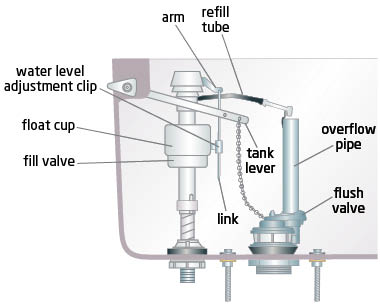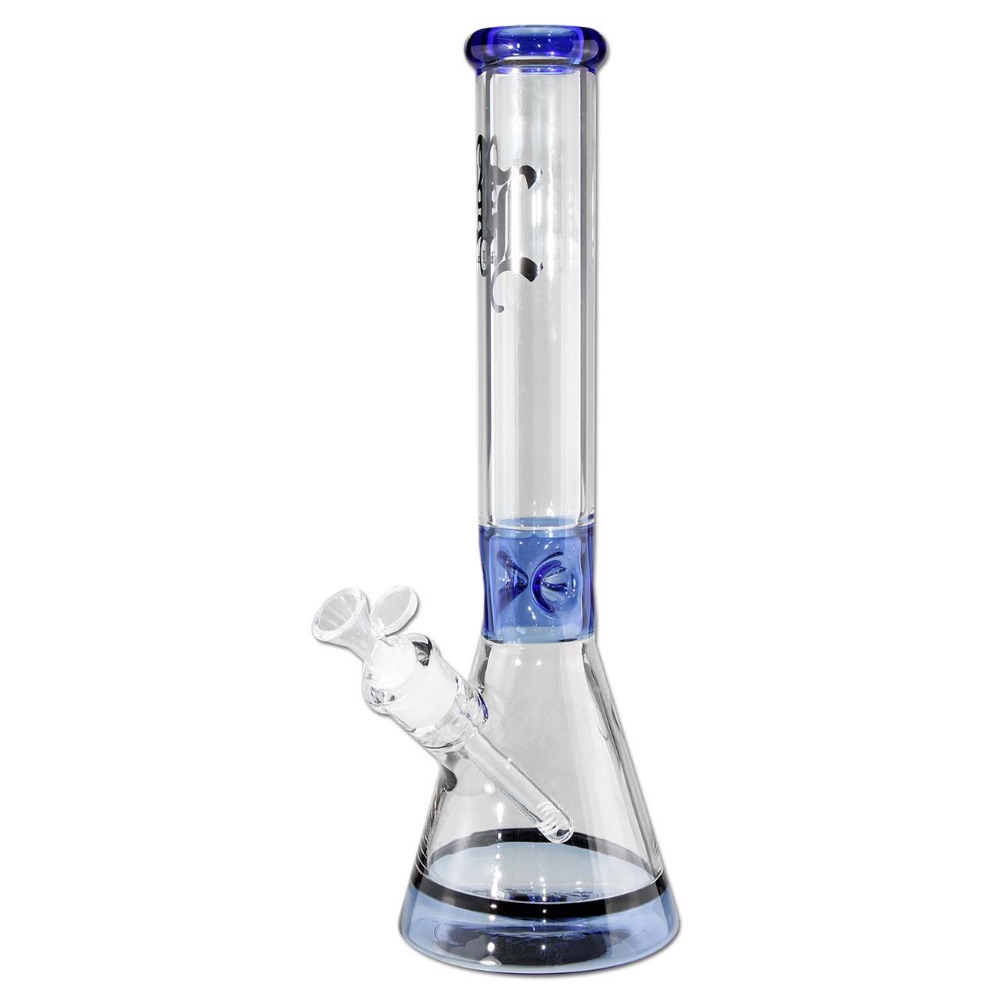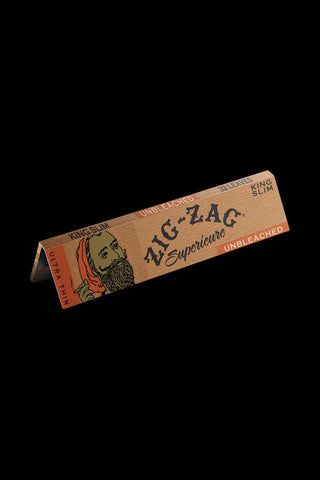If you enjoy smoking herb or tobacco from a bong, you may wonder how to get the best experience possible. One of the factors that can affect your smoking session is the water level and temperature in your bong. In this blog post, we will explain why these factors matter and how to measure and adjust them for optimal filtration and cooling.
Why does water level matter?
Water level is important because it determines how much smoke is filtered and how much resistance you feel when you inhale. The water in your bong acts as a natural filter that removes some of the tar, ash, and other harmful substances from the smoke. It also cools down the smoke, making it smoother and less harsh on your throat and lungs.
However, too much water can also have some drawbacks. If the water level is too high, it can splash into your mouth or make the bong harder to clear. Too much water can also reduce the amount of THC and other cannabinoids that reach your bloodstream, as some of them may dissolve in the water or stick to the glass walls.
On the other hand, too little water can also compromise your smoking experience. If the water level is too low, it may not cover the downstem (the long tube of glass that sticks into the bong) or create enough bubbles to filter the smoke. This can result in a harsher, hotter, and dirtier smoke that can irritate your throat and lungs.
How to measure the water level?
The ideal water level for your bong depends on its size, shape, and design. However, a general rule of thumb is to fill up the bong so the water comes no more than 1 inch (2.54 cm) above the tip of the downstem . Any more water than that and you could get splashed while you’re smoking. Any less water than that and you may not get enough filtration and cooling.
To measure the water level, you can use a ruler or a measuring tape. Alternatively, you can eyeball it by looking at the bong from the side. You can also test it by blowing gently into the mouthpiece and observing how many bubbles are produced. If there are too many bubbles or water splashes out of the mouthpiece, you need to pour out some water. If there are too few bubbles or no bubbles at all, you need to add more water.
Why does water temperature matter?
Water temperature is another factor that can affect your smoking session. The temperature of the water can influence how much smoke is cooled and how much flavor is preserved. Generally speaking, there are three types of water temperatures you can use for your bong: cold, warm, or hot.
Cold water is the most common choice for bong users, as it provides a refreshing and smooth smoke. Cold water can also reduce some of the unpleasant odors and tastes that may come from burning herb or tobacco. To make your water colder, you can add ice cubes to it or put it in the freezer for a few minutes before smoking.
Warm water is a less popular but still viable option for bong users, as it provides a soothing and relaxing smoke. Warm water can also moisten your throat and lungs, which can be beneficial if you have a dry cough or a sore throat. To make your water warmer, you can microwave it for a few seconds or run it under hot tap water before smoking.
Hot water is a rare but interesting choice for bong users, as it provides a stimulating and flavorful smoke. Hot water can also enhance some of the terpenes and aromas that may come from your herb or tobacco. To make your water hotter, you can boil it on a stove or kettle before smoking.
How to adjust the water temperature?
The ideal water temperature for your bong depends on your personal preference and tolerance. However, a general rule of thumb is to avoid using water that is too cold or too hot, as it can shock your system or damage your bong. A safe range of water temperature is between 40°F (4°C) and 140°F (60°C).
To adjust the water temperature, you can use a thermometer or a digital probe. Alternatively, you can feel it with your finger or hand. You can also test it by taking a small hit and seeing how it feels on your throat and lungs. If it feels too cold or too hot, you need to change the water temperature accordingly.
Conclusion
Water level and temperature are two important factors that can affect your bong smoking experience. By measuring and adjusting them properly, you can optimize the filtration and cooling of the smoke, as well as the flavor and potency of your herb or tobacco. Experiment with different water levels and temperatures until you find the ones that suit you best. Happy smoking!
References:
- Cozzi, N. V. (2016). The effects of water filtration on marijuana smoke: a literature review. Journal of psychoactive drugs, 48(3), 153-159.
- Hartman, B. (2021). How to use a bong: Step-by-step instructions. The Cannigma. Retrieved from https://cannigma.com/delivery/how-to-use-a-bong-step-by-step-instructions/
- Weedmaps. (2021). How to use a bong: Learn to smoke (hit) a bong. Weedmaps. Retrieved from https://weedmaps.com/learn/products-and-how-to-consume/how-to-use-a-bong
- CannaConnection. (2018). How glass bongs are made – the art of glassblowing. CannaConnection. Retrieved from https://www.cannaconnection.com/blog/18868-how-glass-bongs-are-made-art-of-glassblowing
- wikiHow. (2022). How to smoke from a bong: 15 steps (with pictures). wikiHow. Retrieved from https://www.wikihow.com/Smoke-from-a-Bong





